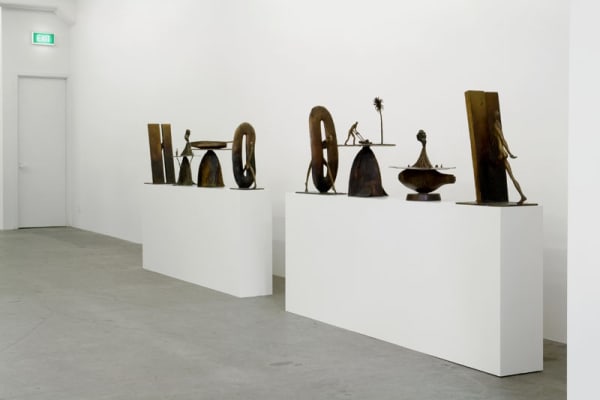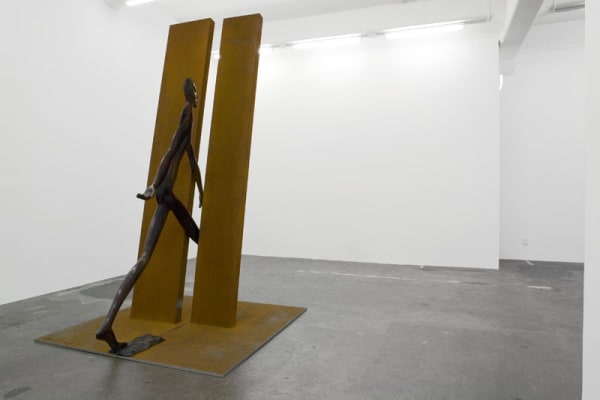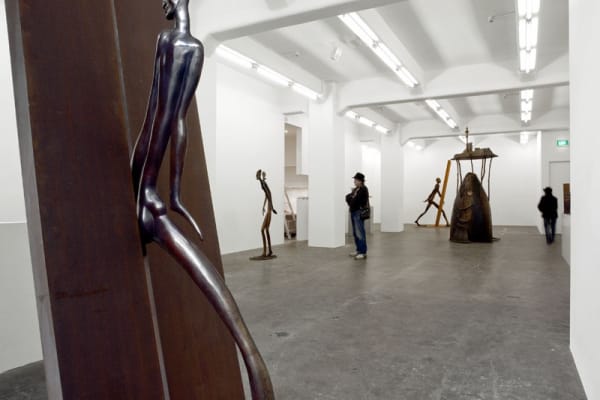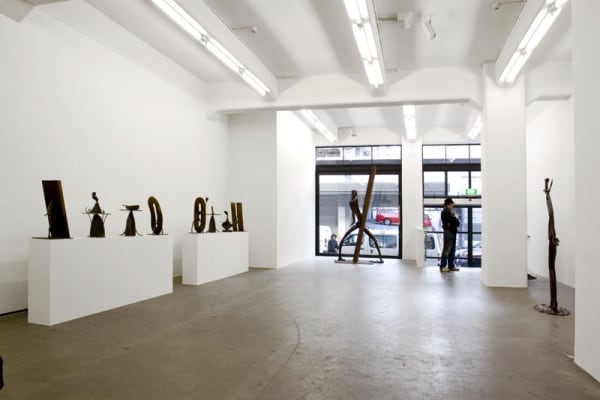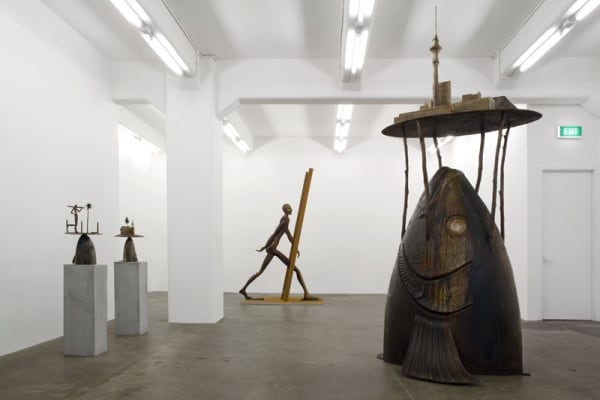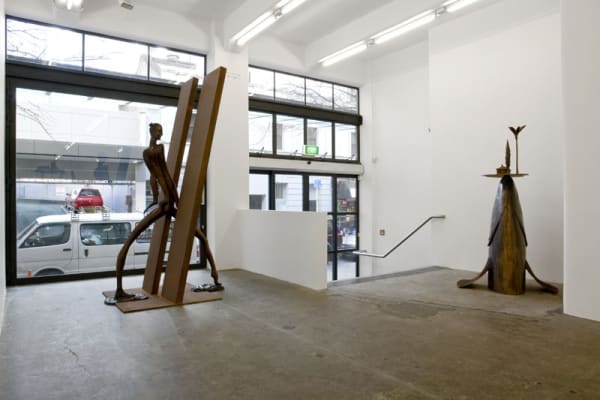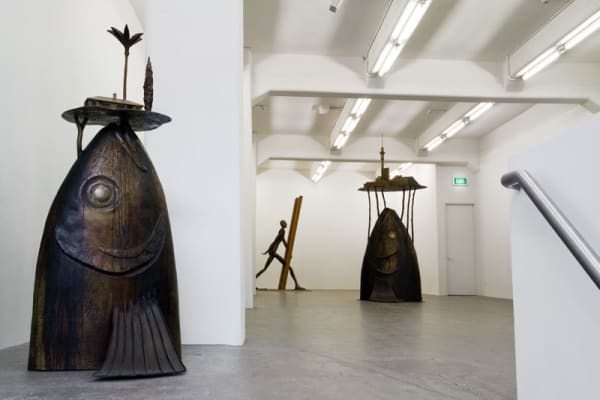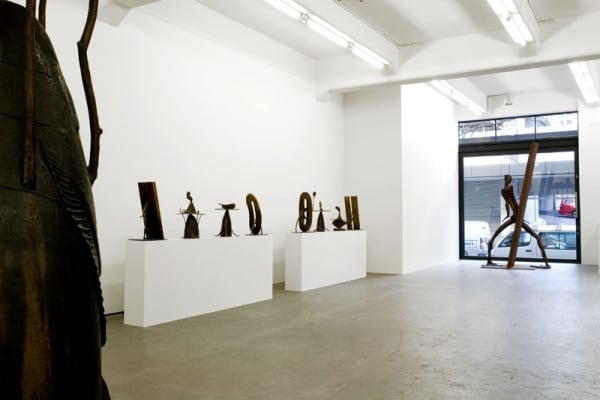Paradise: Paul Dibble
Over the past two decades Paul Dibble has emerged as a significant figure in contemporary New Zealand sculpture. His bronze works are eagerly sought after locally and with his successful commission of the New Zealand Hyde Park Corner Memorial in London (2006), Dibble has gained an increasingly strong international following. From 3rd June Auckland viewers will have the opportunity to view Paradise, an exhibition of recent works at Gow Langsford Gallery’s new space in Lorne Street. The exhibition looks at ideas of paradise, drawn from past mythologies and present realities, it is the fusion of these from which this show emerges.
When the heroic Maori demi-god, Maui hauled up a great fish from the depths of the sea, he fished up what New Zealanders have come to tenderly call “God’s Own Country”. The metaphor has been used for more than a century to describe the idyllic qualities of its landscape, people and culture- a unique ‘slice of heaven’.
Fittingly two major works in this show use the fish of Maui as a motif to represent the New Zealand landscape- a landscape upon which a distinctly “kiwi” conception of paradise was built. In Dibble’s Home (2008), the iconic state house, the conifer and the palm tree balanced on the nose of the fish articulate the classic “kiwi quarter-acre” dream, born out of a post-war collective ideal where the promise of security could be realized by owning a small plot of land and a suburban family home. The dream was supported by government policies throughout much of the twentieth century, and is emblematic of the social needs and aspirations that have dominated New Zealand ideology for much of its history.
In recent years, New Zealanders have increasingly aspired to more urban environments. This development is embodied in City on a Fish (2008) where icons of Auckland, the Sky Tower and Mount Eden, depict the city’s skyline. The mythical fish supporting the cityscape is seen in contrast to the modernist architecture. This can also be understood as a celebration of urban water-front developments throughout New Zealand. Within these works, Dibble’s fish motif does not reference a specific species but is rather a composite of many, making it generic in character and broader in its reference.
Other works in the exhibition use figurative forms to relay more conventional ideas of paradise. Almost as if tip-toeing, elongated figures appear to move gracefully between architectural elements that resemble entranceways. These structures allude to the passage from one place to another – perhaps ascension to paradise or heaven. The titles Into the light and Through the Gap reiterate ideas of transcendence.
The striking efficacy of these works is achieved by the skilled rendering of materials. Although cast from dense static bronze the figures appear fragile and elegant- their movement, fluid. For the first time Dibble has incorporated Cor-Ten steel elements into the design of his works where the unique contrast between the materials emphasises the apparent fluidity of the figures’ movement.
Anna Jackson

